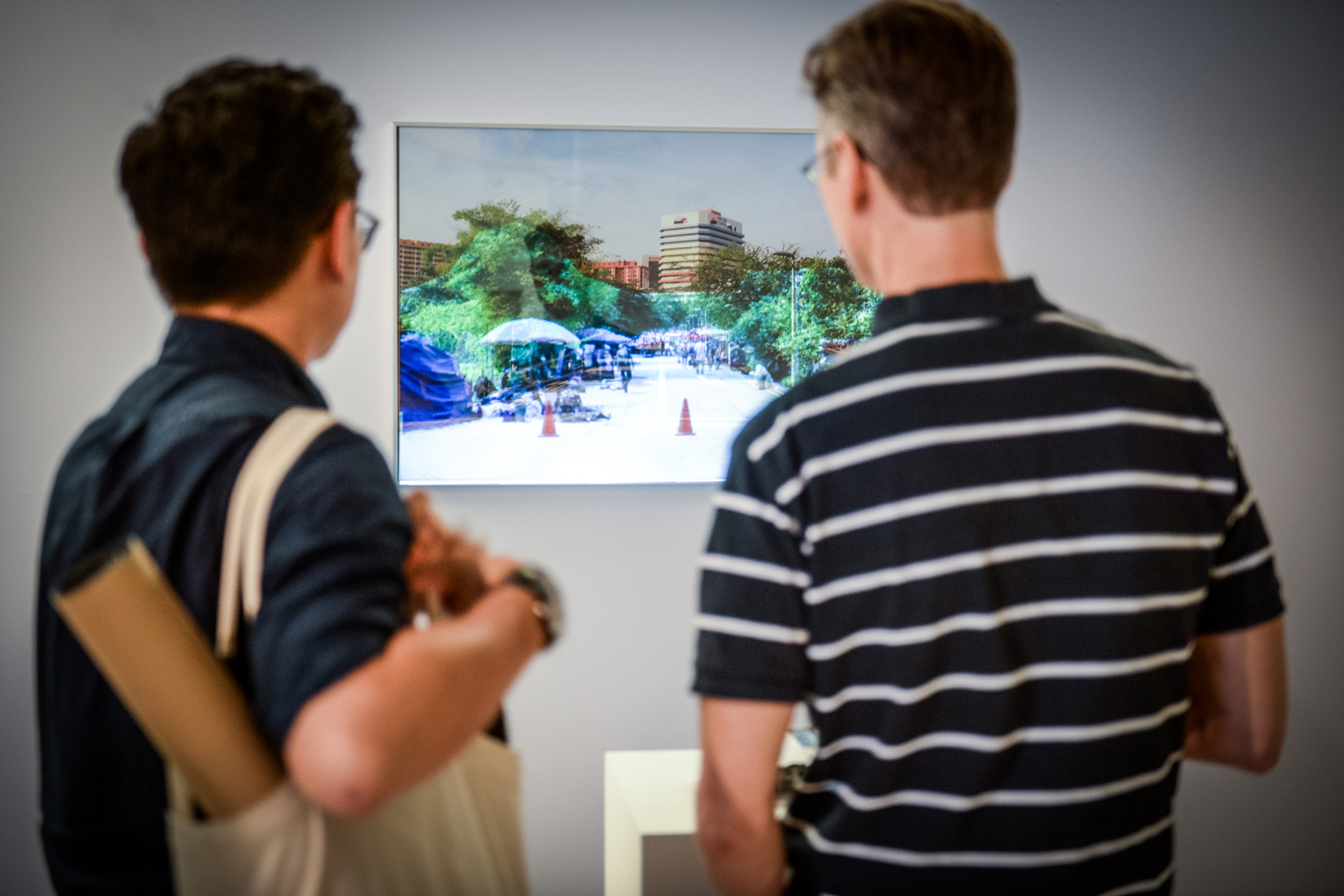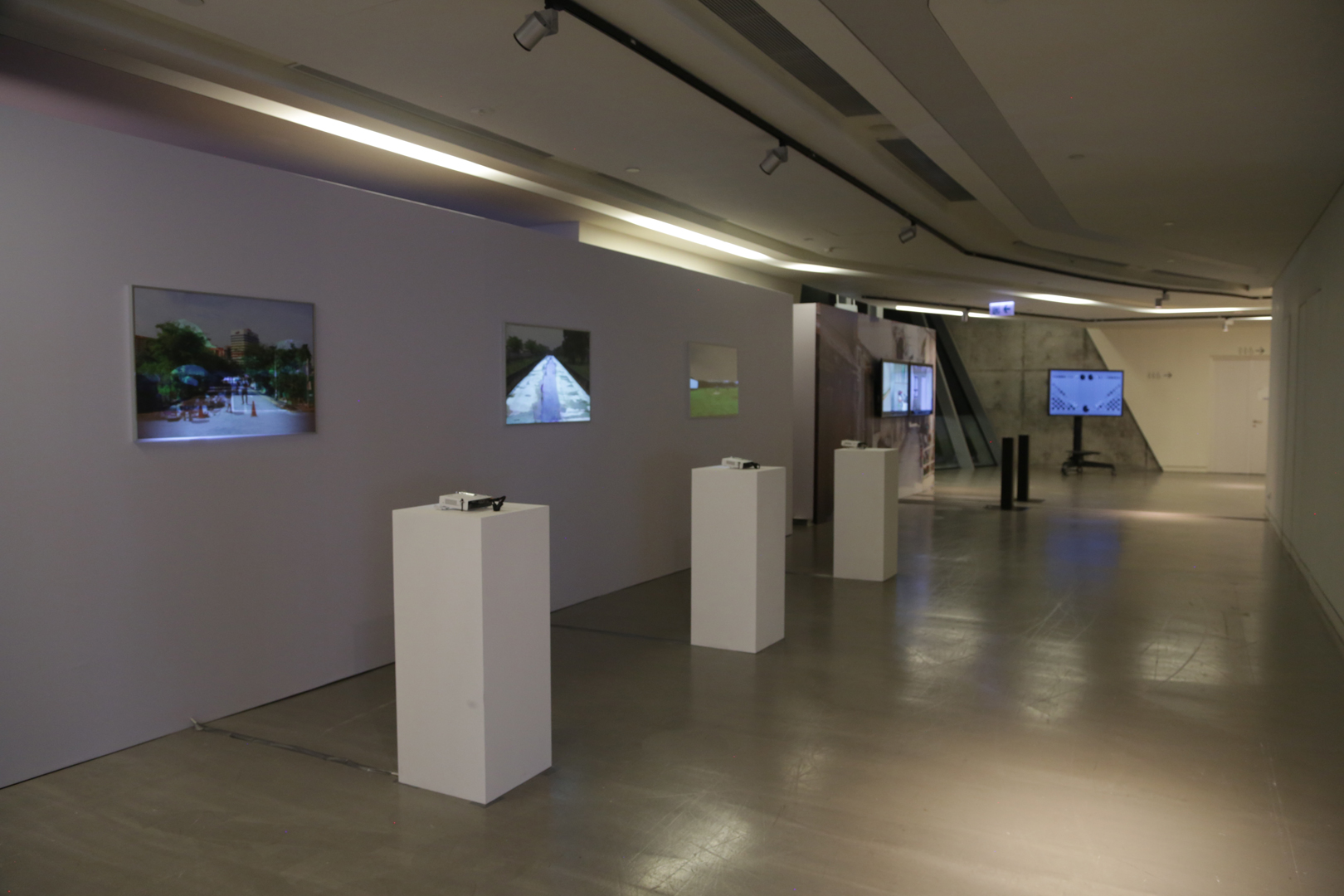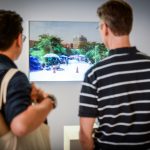“Spaces. Places. Memories.” by Chu Hao Pei
Title:
Artist(s) and People Involved:
Exhibiting Artist(s):
Symposium:
Venue(s):
Creation Year:
Medium:
Duration:
Artist Statement:
Spaces. Places. Memories. is a time-based series exploring how spaces transform into places. A discourse from the literature Space and Place by Yi Fu Tuan, Spaces. Places. Memories. documents three spaces in Singapore – Canal, Grassland & Road – transforming into places through communal initiative and gathering. As Yi Fu Tuan wrote in Space and Place, ”Place is security, space is freedom: we are attached to the one and long for the other”. The notion of “Place is security, space is freedom” is resonated in this series as we see the individuals create and enjoy their activities in the respective grounds. We see how the people interact with their surroundings in search of a purpose. In the midst of these interactions, memories are formed, leaving a social and cultural mark on these spaces. Underlying concepts of memory-making, one’s relationship to the surroundings and how human spatialise time are conveyed in this series too.
The “Longkang (Canal)” is a space which holds my personal childhood memories. When I was young, my friends and I would mischievously climb down the longkang to play. Occasionally, we get reprimanding from bypassing adults who warn us of the danger but we would ignore them and run away. Despite the danger and unhygenic conditions in the longkang, that is a space where we were free from any rules. In that space, we instantly become “kings” because we were the only ones down there and we could do whatever we wanted. In the artificial waterways, we compensated the lack of “tools” to play by exercising our creativity to find fun. We will salvage leftover containers to catch small fishes or tadpoles in the waters and use whatever items we found in the longkang to play with water. When we got bored of those activities, we make use of the vast space the longkang offers to play “catching” (a game similar to police and thief). Our naivety surfaced in these activities within our “paradise”. Our mischievousness and desire for fun has changed the longkang into our playground. However, such scenarios only exist in the form of memories today. Children today have found fun elsewhere. The longkang has since been deserted, as a result, and returned to its initial state.
Like “Longkang (Canal)”, the idea of “play” is evident in “Cricket” although it is different in nature. On weekends, the group of migrant workers come together in an open grass patch to play their favourite game of sports cricket. To any passerbys, the empty land is probably ignored and deemed as useless but to the migrant workers, this space is identified as a cricket field. With the sports equipment and their enthusiasm, the migrant workers transformed the grass patch (space) into a cricket ground (place) and found joy in the field. Immediately, the impression of the land changes from being useless to a place of significant entertainment value. Cultural values and memories are planted upon the land as the game of cricket takes place. The profile of the space, as a result, has taken the shape of the activity performed in that space.
In “Thieves Market”, we observed that the road was originally a road that is hardly used by any vehicles. The vendors, on the other hand, see opportunity in the barren road and use their freedom to interact with the space. As the day starts, they gradually move in with their goods and props to set up their stores. That process instils a stronger sense of security and evokes curiosity in the space. Subsequently, more people enter the space and a crowd is formed. While some come to sell their goods or in search of particular items, others are there to explore. The crowd has also attracted unexpected individuals into the space – security guards. Although the security guards are there for different reasons, they add a different dynamic into the space and reveals the significance of the place. The accumulation of activities has harnessed enough interest to gather people of all backgrounds in that space. While people come and go, bargaining voices filled the air. Transactions and memories are made in the midst of the chaos. The tangibles (vendors, visitors, goods) and intangibles (conversations, bargaining, transactions) layered the space with cultural heritage and memories, assisting the transition from a road (space) to a market (place).
The series is presented in the medium of projection on photography. In each piece, the photography shows the stillness, emptiness and neutrality of the space. The projection, on the other hand, adds life into the work. It enriches the photography with cultural and social content through moving images and sounds. The faint projection is an attempt to convey the concept of memories asethically. Spaces. Places. Memories. is based on and inspired from different individuals’ personal memories at different locations. More importantly, this series draws attention to the transition from space to place through the spectacle of individuals’ memories.







